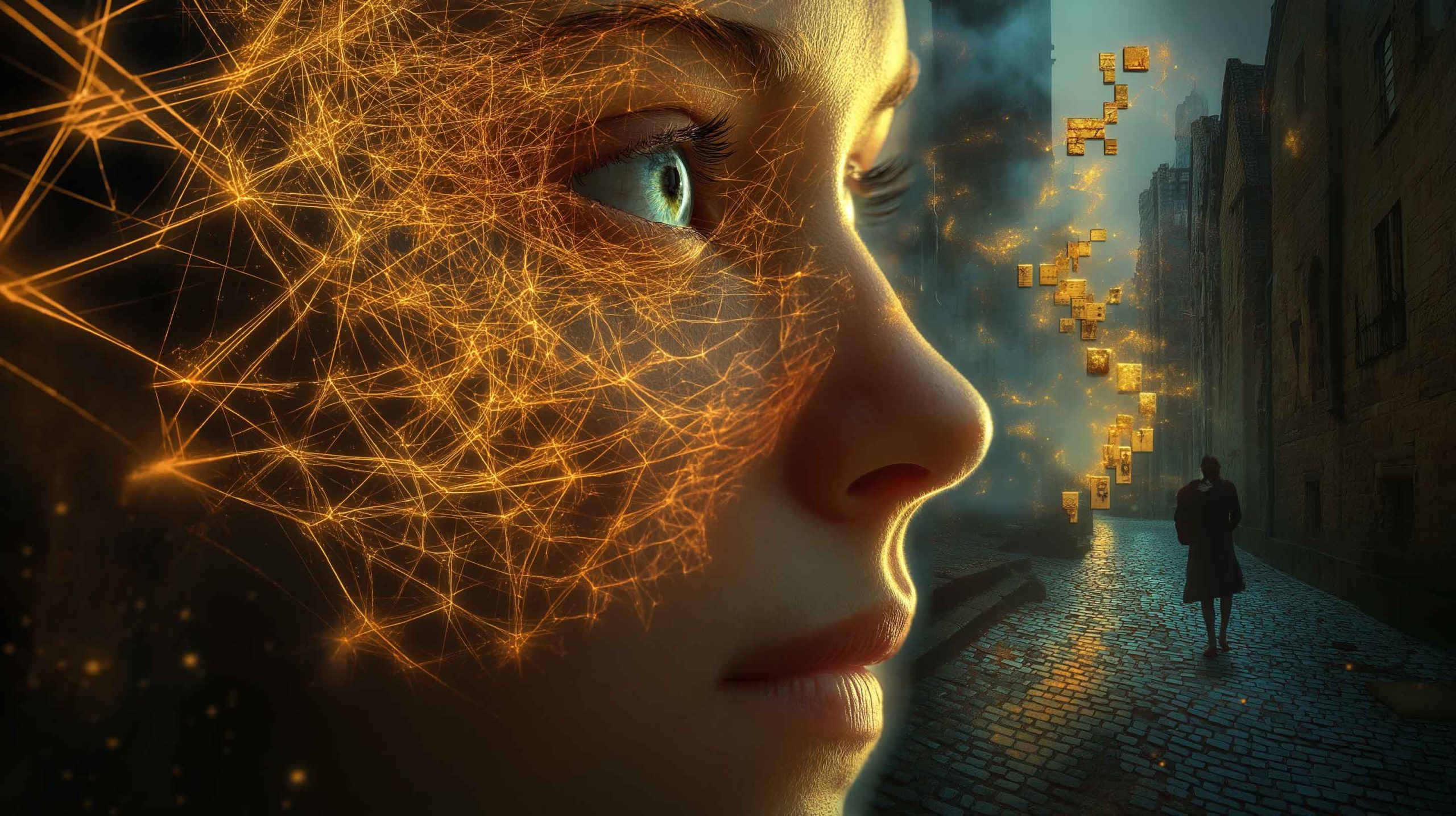
The Psychology of Mystery: Why We Love to Solve Puzzles
Why do we love to solve puzzles? Explore the psychology of mystery—dopamine rewards, evolutionary curiosity, flow states, and the stories that make us seek the unsolved.
It begins with a subtle itch in the back of the mind. A question left unanswered. A lock with no obvious key. A shadowy figure in a story who hasn’t yet revealed their motive. This is the siren call of a mystery, and for a curious mind, it is utterly irresistible.
From the ancient riddles of the Sphinx to the latest Netflix true-crime docuseries, from the Saturday crossword to the sprawling open-world video game, humanity is hardwired to seek out and solve puzzles. But why?
What is it about an unsolved problem that captivates us so completely, transforming otherwise rational people into dedicated detectives, hunched over clues, chasing that elusive “aha!” moment?
The answer lies in a powerful cocktail of neuroscience, evolutionary psychology, and pure narrative magic. Solving puzzles isn’t just a pastime; it’s a fundamental part of what makes us human.
The Brain’s Reward: A Hit of Dopamine
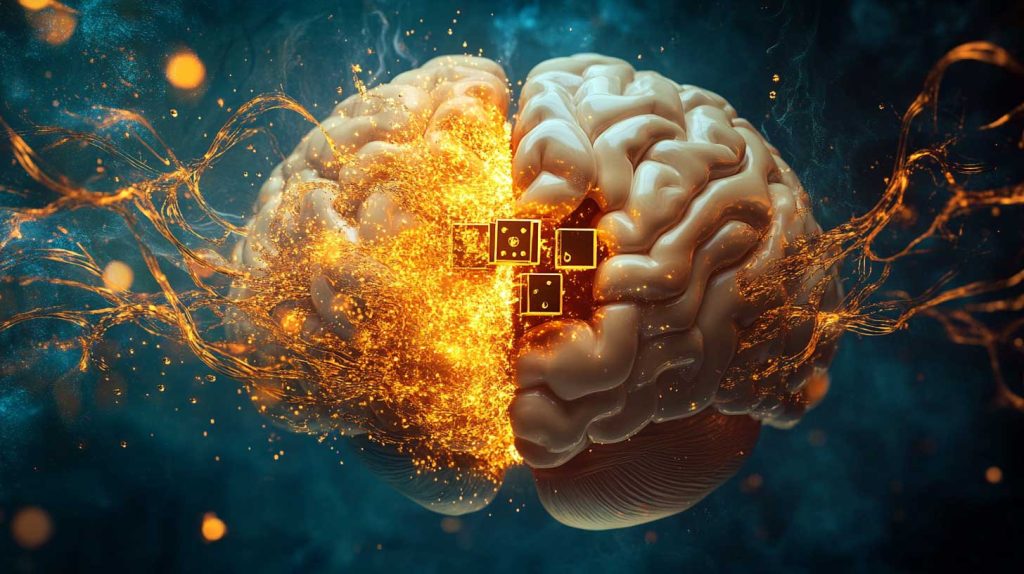
At its most basic level, the psychology of mystery or puzzle-solving is a chemical transaction. Our brains are prediction machines, constantly scanning our environment to figure out what happens next. When we encounter a gap in our understanding—a mystery—it creates a state of cognitive dissonance, a mental tension that is, frankly, uncomfortable.
This discomfort is a powerful motivator. It pushes us to resolve the tension. And when we finally find the solution, when the pieces click into place and the pattern emerges, our brain rewards us with a flood of dopamine.
Dopamine is the superstar neurotransmitter of pleasure, reward, and motivation. This “dopamine loop” is the same mechanism that drives us to seek food, social connection, and other essential behaviors.
The brain, in its wisdom, has made figuring things out feel just as good as a delicious meal. The journey from confusion to clarity is literally a addictive.
This is why the moment of solution feels so good. It’s not just relief; it’s a genuine neurochemical reward. We’re not solving puzzles for the answer itself; we’re solving them for the feeling of having solved them.
The Curious Ape: Our Evolutionary Advantage
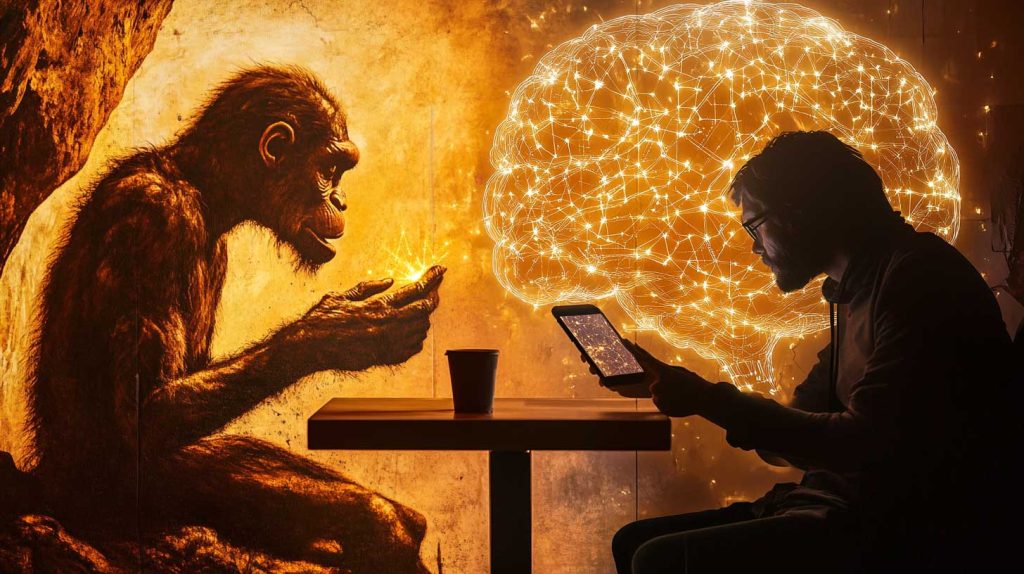
From an evolutionary standpoint, our love of puzzles isn’t a frivolous trait; it’s a survival skill. Our ancestors weren’t the strongest or the fastest creatures on the savanna, but they were the most curious.
The hominid who wondered, “What’s on the other side of that hill?” found new resources. The one who asked, “How does this tool work?” invented better technology. The one who tried to solve the puzzle of animal behavior became a better hunter.
Pattern recognition—the ability to see connections where others see chaos—was a key to our success as a species.
A mystery is simply a pattern that hasn’t been recognized yet. Our brains are primed to seek out these patterns. This innate drive is called the Need for Cognition (NFC)—the natural tendency for people to engage in and enjoy effortful mental activity.
Those with a high NFC are the ones who dive into sudoku, devour complex novels, and yes, embark on immersive audio quests through ancient cities. They get genuine pleasure from the act of thinking itself. This explains why a dusty old math problem or a historical whodunit can feel so vital.
We are using the same mental muscles that kept our ancestors alive. The puzzle is new, but the urge is ancient.
The Zone of Flow: The Joy of Focused Engagement
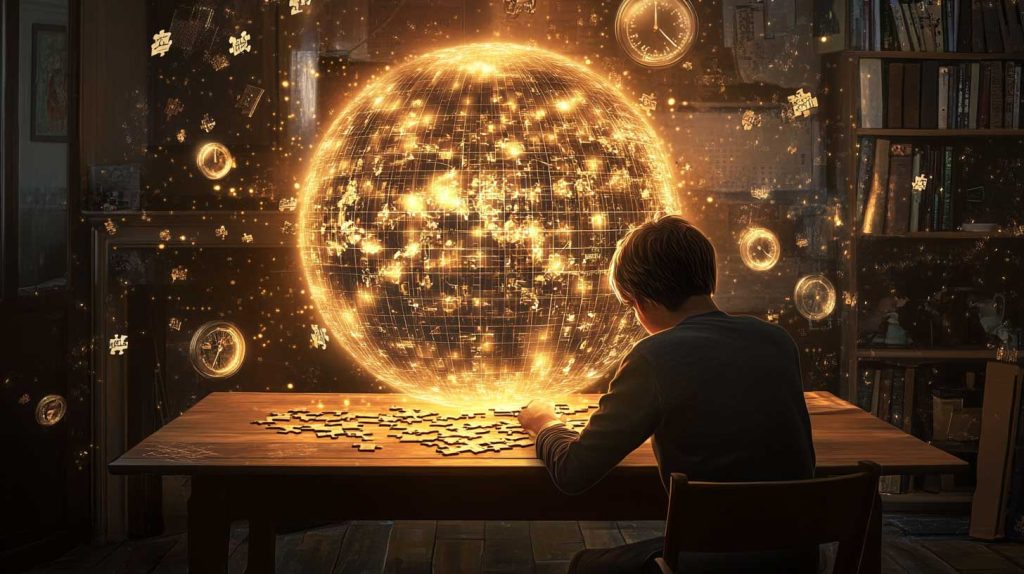
Have you ever started a jigsaw puzzle or a good book and looked up to realize hours have vanished? That’s a state of flow, a concept identified by psychologist Mihaly Csikszentmihalyi.
Flow is a state of complete immersion and focused energy. It occurs when the challenge of a task perfectly matches our skill level. If the challenge is too easy, we get bored. If it’s too hard, we get anxious. But a well-designed puzzle sits perfectly in that sweet spot.
Mysteries are unparalleled flow-inducers. They provide a clear goal (find the solution), immediate feedback (does this clue fit?), and a challenge that requires our full attention. In a world saturated with distractions, the focused engagement of a puzzle is a form of mental sanctuary.
It allows us to be completely present, quieting the noise of daily life and offering a profound sense of control and order.
The Storytelling Animal: Weaving Meaning from Chaos
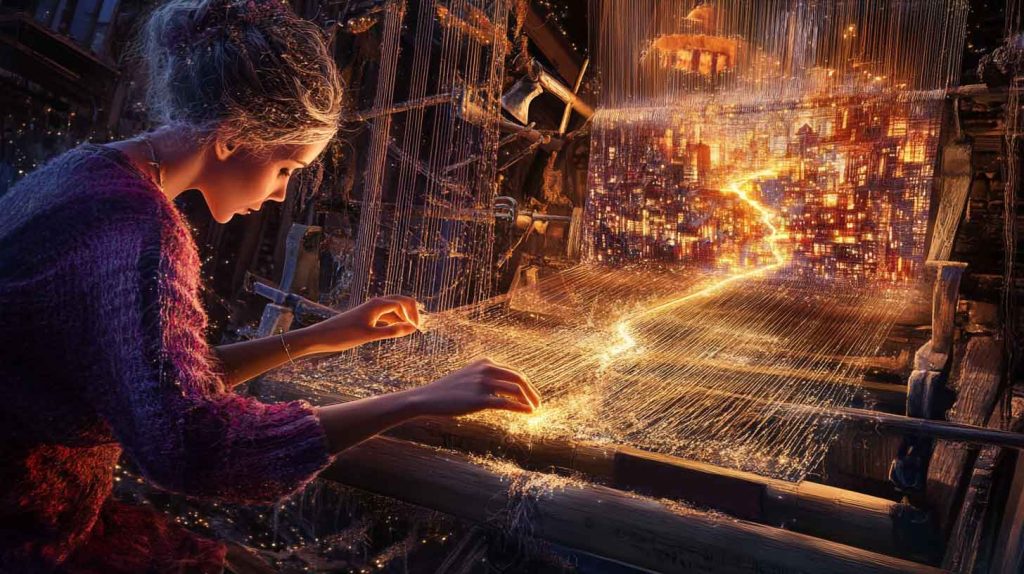
Humans are, as author Jonathan Gottschall puts it, “the storytelling animal.” We don’t just see events; we weave them into narratives with cause, effect, heroes, and villains. An unsolved mystery is an unfinished story. It breaks our world’s narrative flow, and we are compelled to repair it.
This is why mystery is the engine of all storytelling. A good mystery novel or a gripping TV show is essentially a controlled puzzle. The author doles out clues (red herrings included), and we, the audience, assemble them, testing theories about the culprit or the outcome. We become active participants in the narrative.
This desire to complete the story is powerful. It’s the reason “spoilers” feel like such a violation. They rob us of the chance to solve the puzzle ourselves, to experience that dopamine-fueled moment of revelation on our own terms. The journey of discovery is the entire point.
The Modern Mystery: From Escape Rooms to Edinburgh
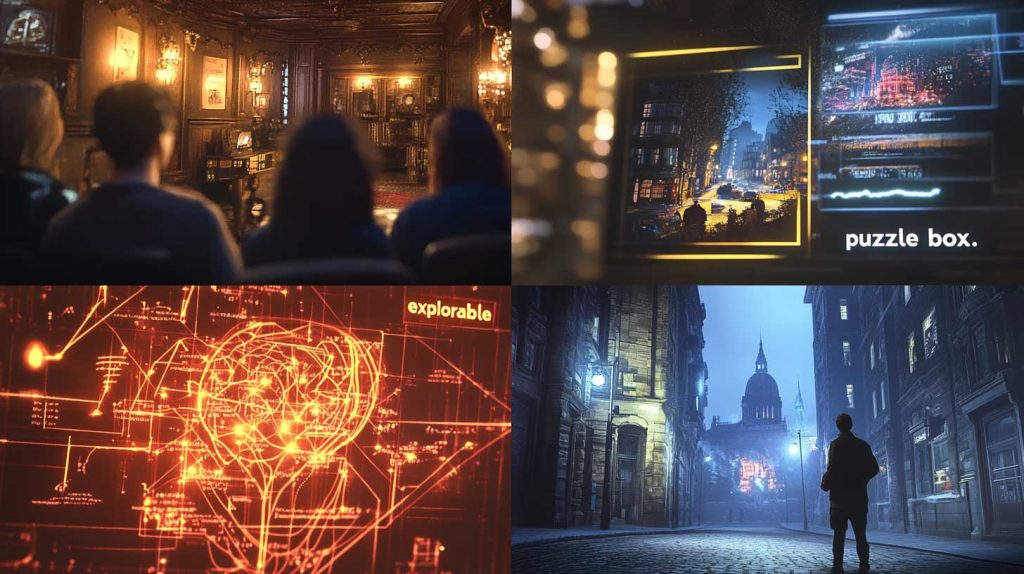
In our modern, mapped-out world, the primal thrills of exploration and discovery have been largely tamed. We can’t chart unknown continents, but we can still find frontiers of the mind. This is where the love of puzzles has found new, vibrant expressions.
Escape Rooms physicalize the puzzle, forcing us to collaborate under pressure. True Crime podcasts and documentaries allow us to become armchair detectives, sifting through evidence from our living rooms.
Open-World Video Games are vast, explorable puzzle boxes filled with lore, hidden secrets, and environmental storytelling.
And this brings us to the most elegant fusion of all these elements: the immersive audio quest. This is where the psychological threads all weave together into a perfect experience.
Companies like Unfound Journeys have harnessed this deep-seated psychology to transform how we interact with the world. They understand that a city is the greatest puzzle box of all.
Let’s Take A Look
- The Dopamine Loop: Each solved riddle that unlocks the next chapter of the story provides a perfect, satisfying hit of reward.
- The Evolutionary Nudge: We are using our innate pattern recognition to read a city’s landscape, to find meaning in a date carved above a door or a symbol hidden in a crest.
- The Flow State: Walking a historic path, headphones on, focused solely on the narrative and the environment, is a recipe for deep, immersive flow.
- The Story Imperative: We are no longer tourists; we are protagonists. We have been given a story—a ghost needs rest, a treasure needs finding—and we are compelled to see it through to its conclusion. The city ceases to be a backdrop and becomes a character, a partner in the narrative.
This format answers the core question: we don’t just love solving puzzles; we love being the solvers. We crave the agency. A mystery gives us a role to play and makes us the hero of our own cognitive adventure.
The Forever Quest
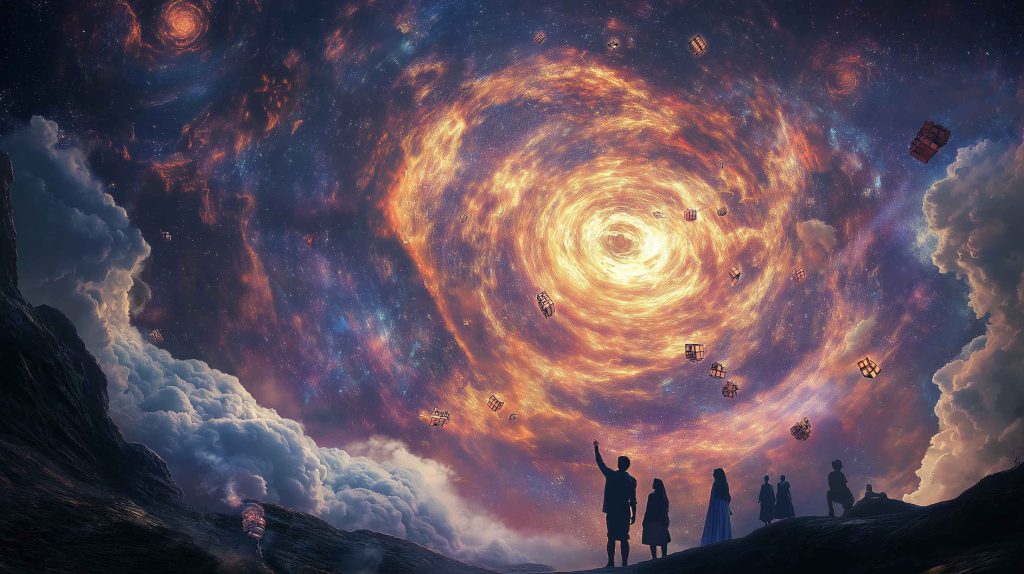
So, why do we love to solve puzzles? Because it is a celebration of the human mind itself. It is a pursuit that offers the perfect blend of tension and release, effort and reward, chaos and order. It connects us to our curious ancestors and allows us to carve out moments of focused meaning in a distracted world.
A puzzle is a promise—a promise that the world is knowable, that chaos can be shaped into narrative, and that with enough curiosity and perseverance, we can find the answer. It is a testament to our enduring belief that just beyond the edge of the known, something wonderful is waiting to be found.
The greatest mystery, perhaps, is why we ever stop seeking them out. The call of the unsolved is a perpetual whisper, inviting us to look closer, think deeper, and never, ever stop wondering. The puzzle is never finished; there is always another layer to uncover, another story waiting for a curious mind to step in and bring it to light.









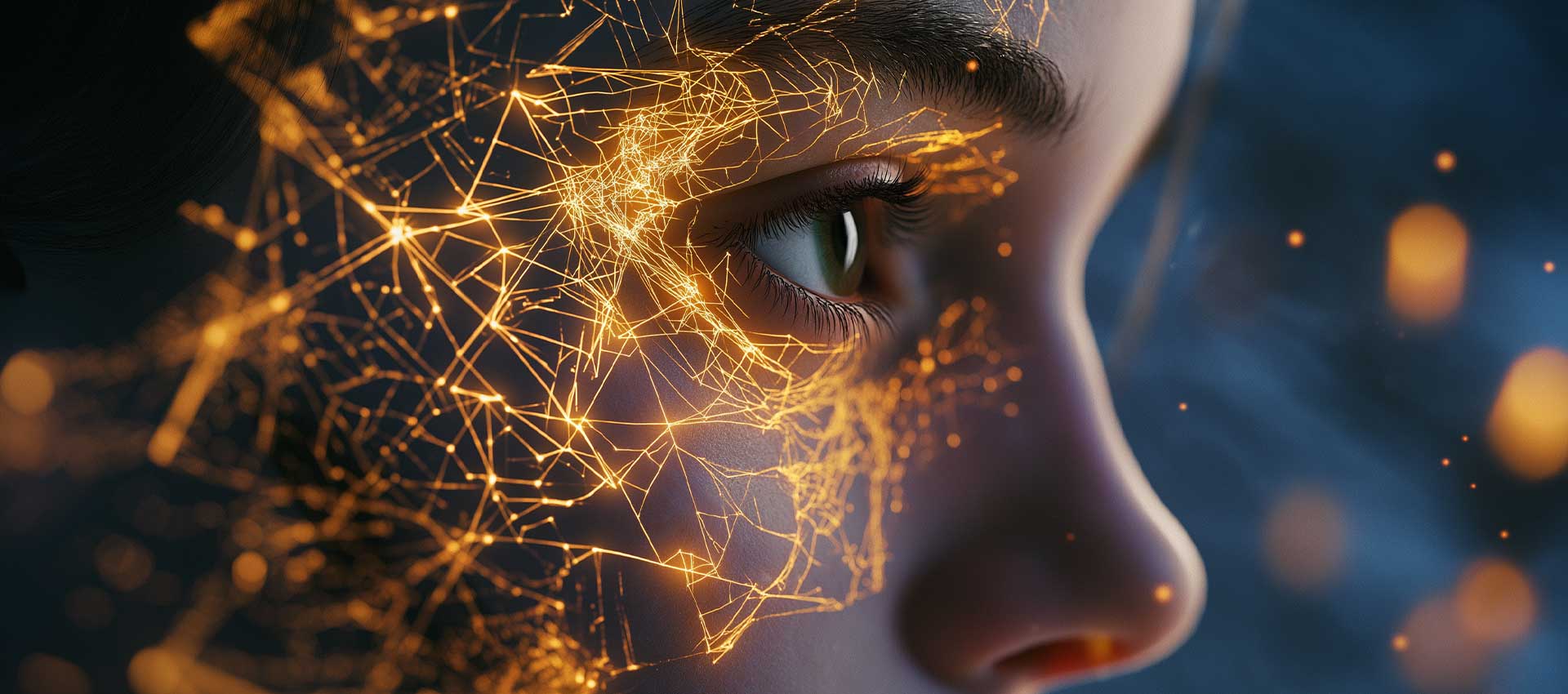
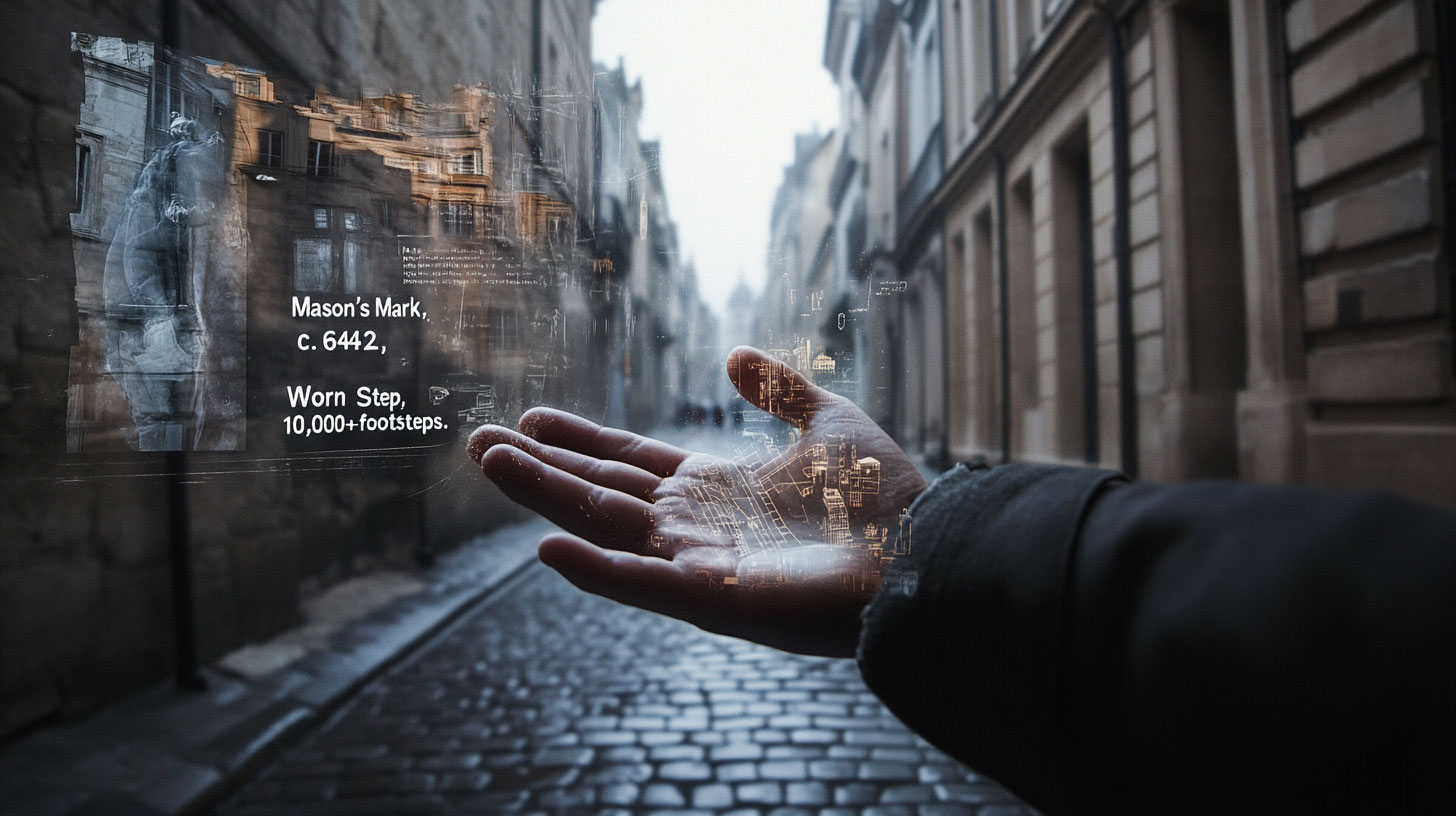
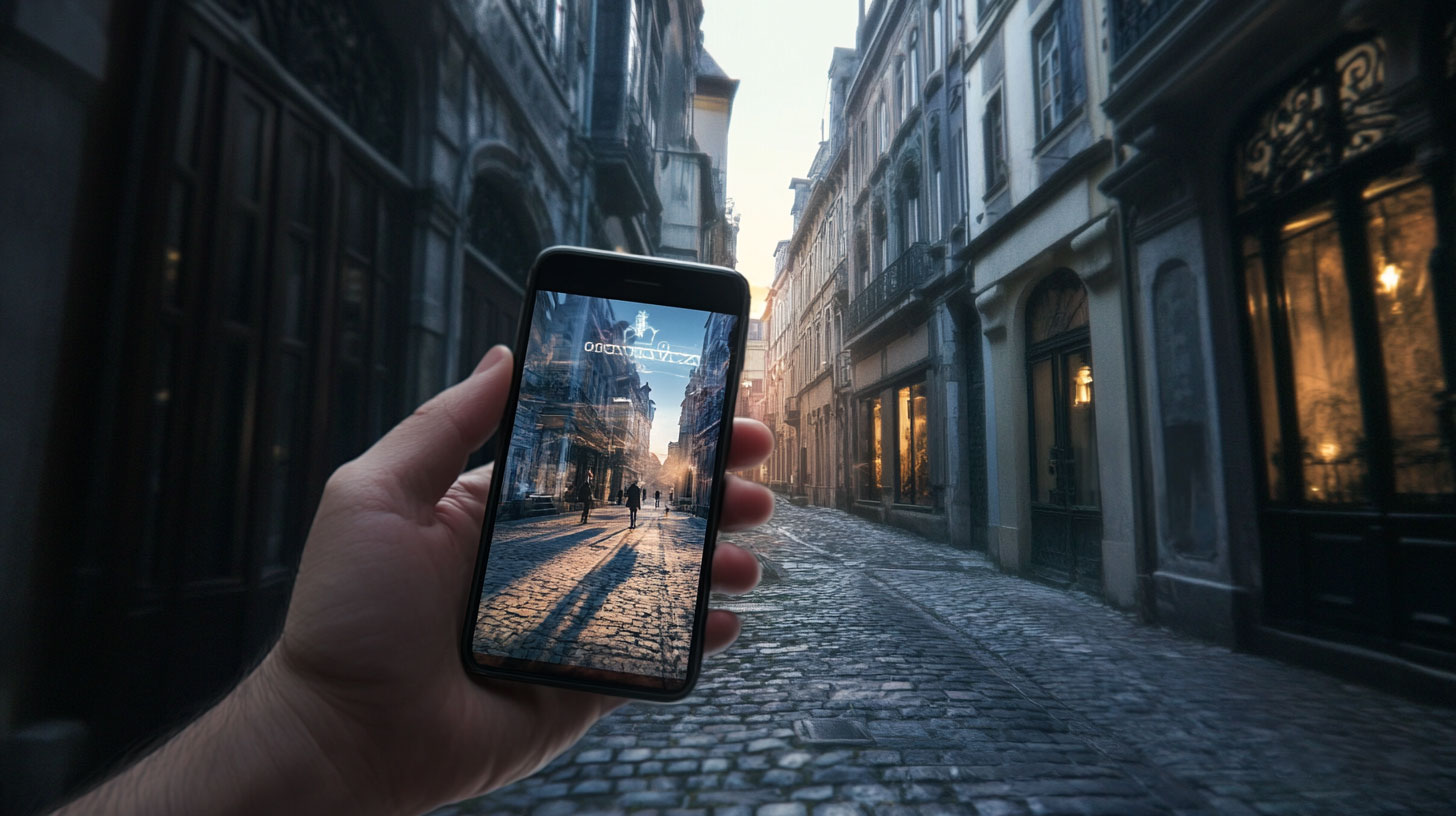
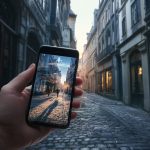

No Comments